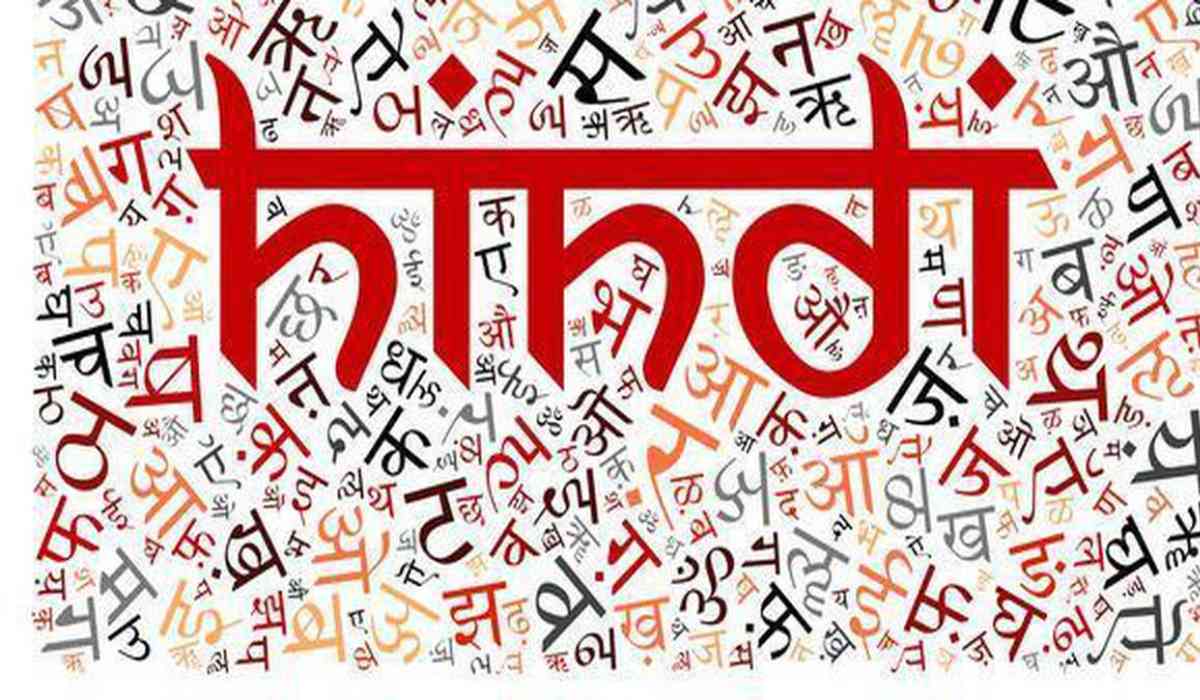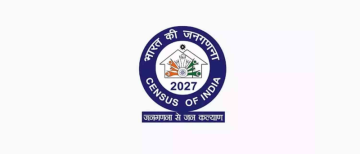The recent decision by the Maharashtra government to introduce Hindi as a mandatory third language for students in Classes 1 to 5 under the National Education Policy (NEP) 2020 has stirred a significant political and cultural debate in the state. While the policy aims to streamline the country's linguistic framework, it has sparked controversy, especially among regional parties in Maharashtra. The issue has now taken center stage in Maharashtra’s political discourse, influencing upcoming local elections and reigniting long-standing debates around linguistic identity.
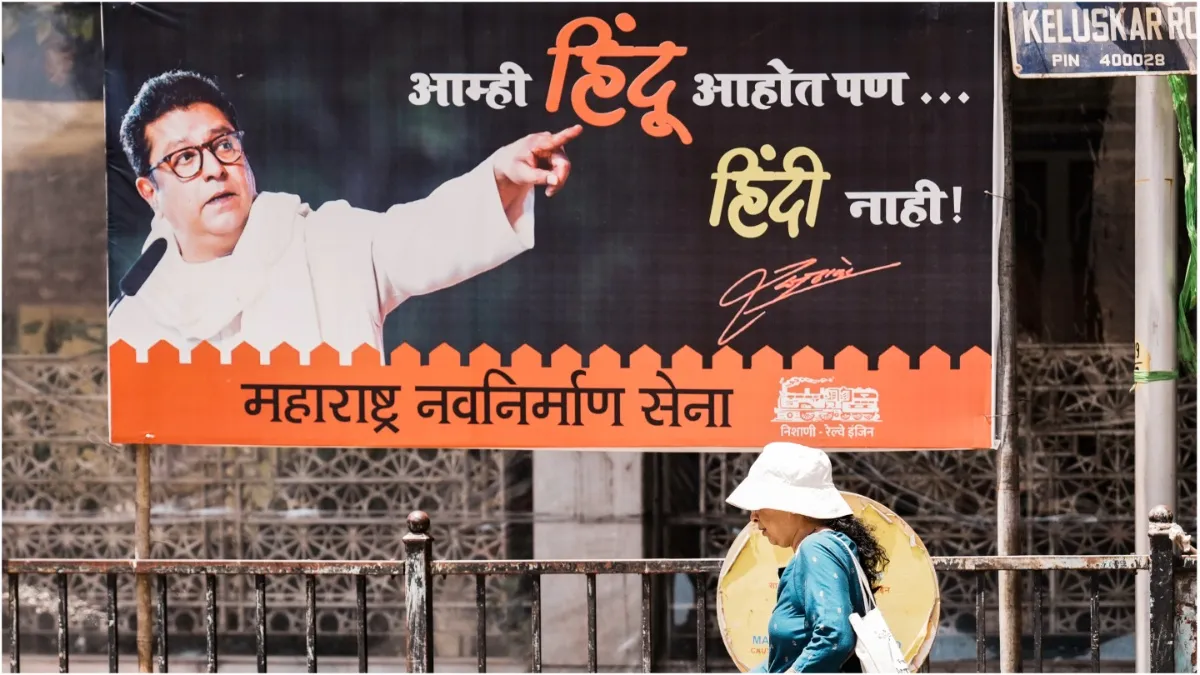
The Maharashtra Government’s Announcement: Hindi as a Third Language
The new policy extends the three-language formula — previously applied only at the secondary education stage — to primary education. Students in both Marathi and English-medium schools will now be required to study Hindi as the third language from Class 1.
According to the Government Resolution (GR):
-
For Marathi- and English-medium schools, Hindi becomes the compulsory third language.
-
In schools with mediums other than Marathi and English (such as Gujarati-medium schools), Marathi and English will be compulsory, while the medium of instruction remains as the third language.
-
The implementation of the NEP will be phased across different grade levels:
-
2025–26: Class 1
-
2026–27: Classes 2, 3, 4, and 6
-
2027–28: Classes 5, 9, and 11
-
2028–29: Classes 8, 10, and 12
-
The GR also highlights that the NEP 2020 will restructure the 10+2+3 system into a more flexible 5+3+3+4 model, aligning with Sustainable Development Goals (SDGs) to be achieved by 2030. This covers the entire span of school education under four developmental stages:
-
Foundation Stage: Ages 3–8
-
Preparatory Stage: Classes 3–5
-
Pre-Secondary Stage: Classes 6–8
-
Secondary Stage: Classes 9–12
Deputy Secretary Tushar Mahajan explained that the policy rests on five pillars: Access, Equity, Quality, Affordability, and Accountability. A State Steering Committee, headed by the Minister of School Education, has been formed to oversee the phased rollout.
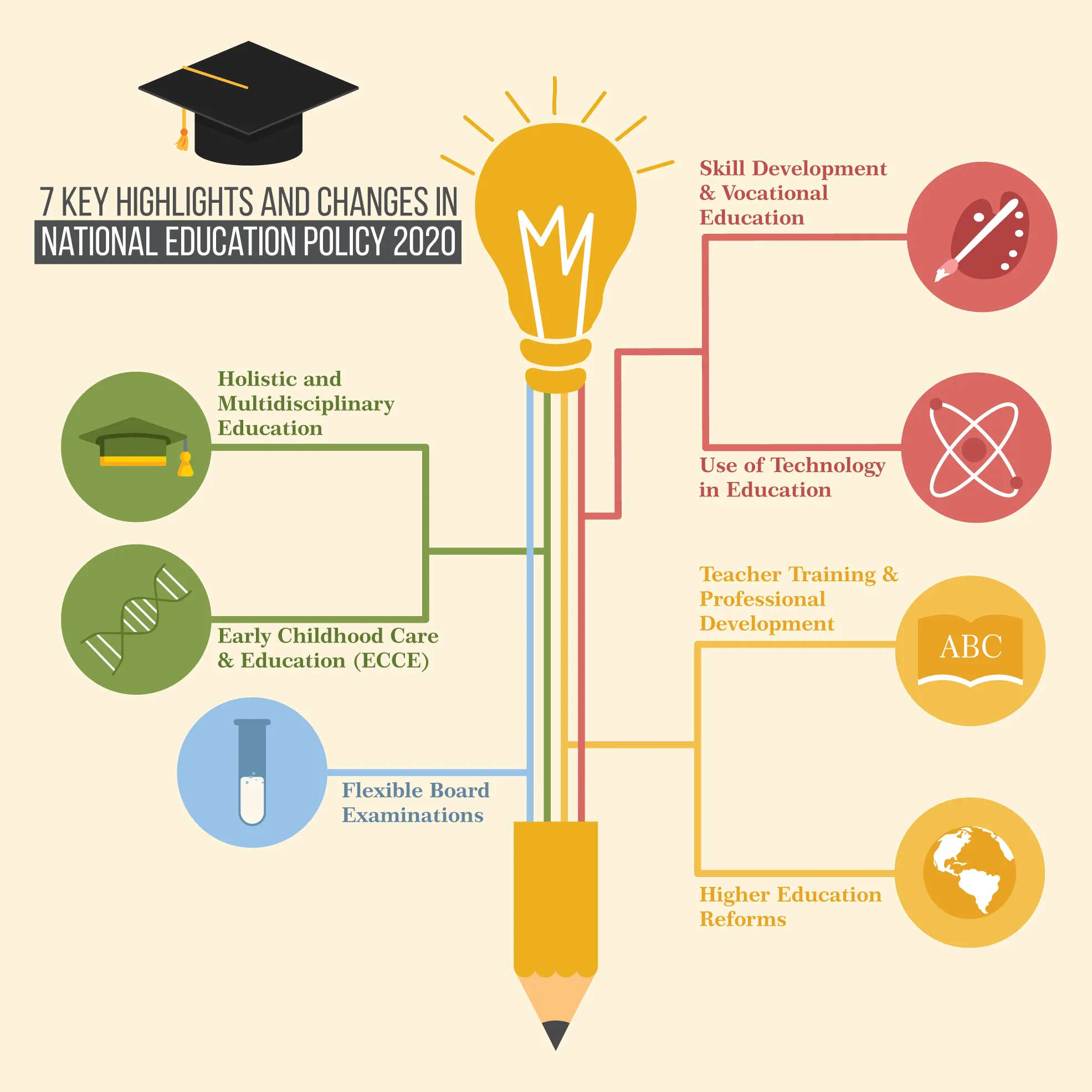
A Different Dynamic Than the South
While opposition to Hindi has traditionally been strongest in southern states like Tamil Nadu, the scenario in Maharashtra has its own distinctive dynamics. The state has a significant Hindi-speaking population, especially in Vidarbha and Marathwada, making the resistance to Hindi more about protecting the primacy of the Marathi language than rejecting Hindi outright.
The pushback is rooted in the region’s history:
-
The Samyukta Maharashtra Movement in the 1950s led to the formation of Maharashtra in 1960, with Mumbai as its capital.
-
The Shiv Sena, founded in 1966 by Bal Thackeray, emerged to protect the rights of the “Marathi Manus” and targeted perceived dominance of South Indians and later North Indians in jobs and business in Mumbai.
-
Over the years, the party pushed for Marathi nameplates in shops, and mandatory use of Marathi in banks and government offices.
The renewed focus on language is also seen as drawing from Tamil Nadu CM M.K. Stalin’s federalism-based opposition to Hindi imposition, as language becomes a pivot in regional identity assertions.
Opposition Reaction: Political Leaders Speak Out
The decision has drawn fire from a united opposition, with leaders across the MNS, Shiv Sena (UBT), Congress, and NCP (SP) opposing the policy on linguistic and political grounds.
Raj Thackeray (MNS Chief)
-
Took the most aggressive stand, declaring: “We’re Hindus but not Hindi.”
-
Accused the Centre of using Hindi imposition to polarize Marathi and non-Marathi people, especially ahead of the local body polls in Mumbai.
-
Warned that “conflict in Maharashtra is inevitable” if Hindi imposition continues.
-
Stated that “this is not about love for Hindi, but about inciting social tension for political gain.”
-
MNS workers staged protests in Navi Mumbai, burned copies of the GR, and pasted posters stating, “We’re Hindus but not Hindi!”
Uddhav Thackeray (Shiv Sena - UBT)
-
Alleged that the BJP aims to divide the population on linguistic lines.
-
Criticized the Centre for undermining Maharashtra, claiming that multiple infrastructure and industrial projects originally planned for the state were shifted to Gujarat under PM Modi.
-
Supported the view that language imposition is a deliberate political maneuver.
Vijay Waddetiwar (Congress)
-
Questioned the legitimacy of the Centre’s role in education policy, stating:
“Why should the Centre thrust Hindi in schools? This is an attack on the Marathi language.” -
Stressed that language education should remain a state subject, as originally envisioned in the Constitution.
-
Noted that Hindi must not be enforced, and Marathi should remain dominant in state institutions.
-
Cited examples like former PM Manmohan Singh and P.V. Narasimha Rao, who were multilingual, to argue against Hindi as a sole unifying medium.
Supriya Sule (NCP – Sharad Pawar Faction)
-
Said that undermining Marathi in any form “will not be tolerated.”
-
Raised concerns over the rushed implementation of NEP 2020, questioning whether teachers and infrastructure are ready for such a large-scale shift.
-
Highlighted that the ASER report shows significant learning gaps in basic subjects like Math and Science, calling for attention to core educational outcomes first.
-
Opposed making CBSE compulsory, asking why the state board system should be sidelined.
-
Insisted that language options should be left to parents, and nothing should be mandatory.
-
Also questioned the appointment of a single economic advisor by the CM, and criticized Maharashtra’s performance in areas like fiscal deficit, debt management, and Jal Jeevan Mission implementation.
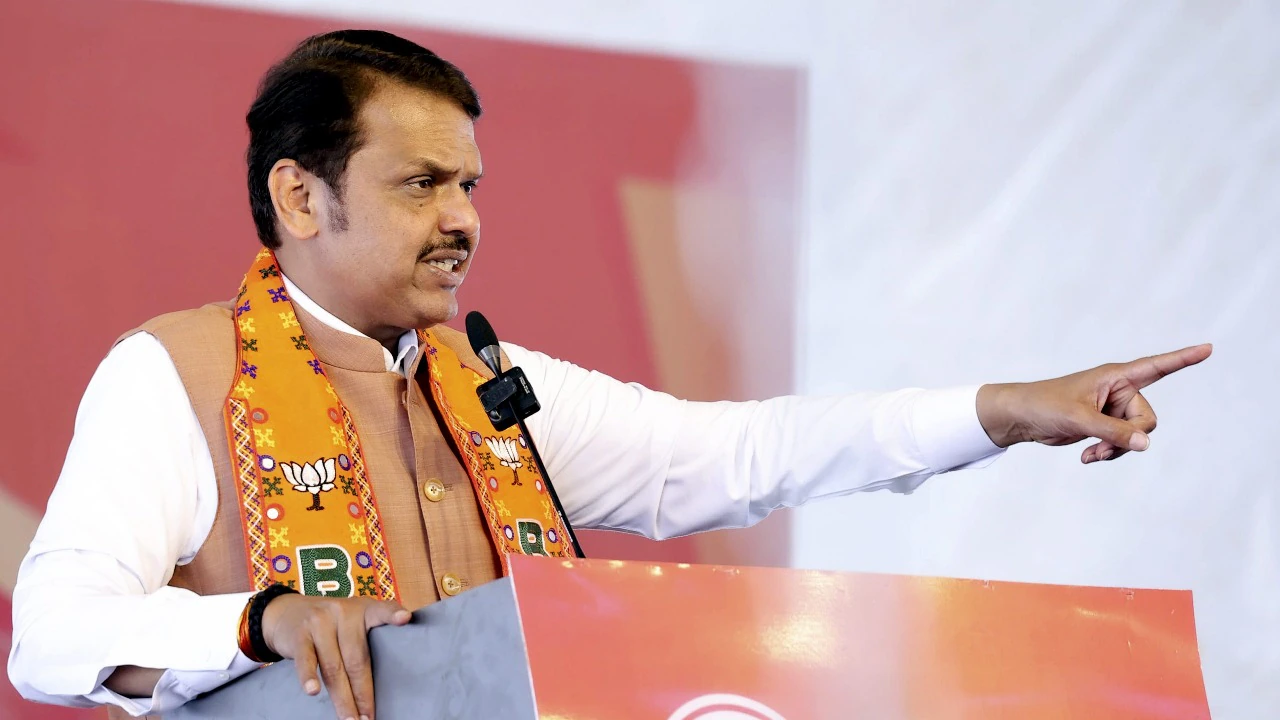
Judiciary and National Reactions
The language issue has also intersected with judicial rulings and national political developments:
-
The Supreme Court recently upheld the use of Urdu on signboards in a Municipal Council building in Patur (Akola district), stating it was wrong to equate Hindi with Hindu identity and Urdu with Muslim identity. The judgment criticized such associations as a “pitiable digression from reality.”
-
Across the country, states like Tamil Nadu have continued to resist the Centre’s push to make Hindi the de-facto national language. CM Stalin accused the Modi government of trying to "swallow regional languages", and said the Centre threatened to stop funding under the Samagra Shiksha Abhiyan if Tamil Nadu didn’t adopt the three-language formula. Stalin has long advocated for linguistic diversity, fearing that Hindi could overshadow other languages spoken in the country.
Rising Social Tensions on Ground
The policy has already seen real-world fallout:
-
In Mumbai, a clash broke out between Gujarati and Marathi residents in a housing society after a Marathi family was allegedly insulted for eating non-vegetarian food.
-
MNS workers intervened and accused the housing society of ill-treating Marathi-speaking residents.
-
These events further amplified concerns that the language issue could worsen social divides, especially in Mumbai, where Marathi vs. non-Marathi tensions have historical roots.
National vs. Regional Language Politics
At the heart of the issue lies a deep-seated tension between the central government's desire for a unified linguistic framework and regional concerns about the preservation of local languages. While the NEP is designed to encourage bilingualism and multilingualism, critics argue that Hindi is being promoted at the cost of regional languages, particularly in states like Maharashtra.
Political leaders in Maharashtra, including the MNS, Shiv Sena (UBT), and NCP, have framed this debate as a struggle to protect Marathi against the backdrop of a growing push for Hindi to become the dominant language in India.
A Delicate Balance Between Unity and Diversity
Maharashtra’s language controversy reflects the broader debate over national unity versus regional autonomy. As the NEP 2020 continues to roll out across India, the challenge will be to balance the need for a common linguistic framework with the imperative to protect the linguistic diversity that defines the country.
While the decision to introduce Hindi as a compulsory language in Maharashtra schools may be part of the government’s broader vision for a unified education system, it has ignited fears about the erosion of regional identities. To navigate these tensions, it will be crucial for both the government and opposition to engage in constructive dialogue that respects regional languages and cultures while fostering national integration.
As Maharashtra moves forward with implementing the NEP, the debate over language will undoubtedly continue to shape the state’s political landscape, particularly as regional pride and cultural identity clash with national educational policies.
With inputs from agencies
Image Source: Multiple agencies
© Copyright 2025. All Rights Reserved Powered by Vygr Media.

